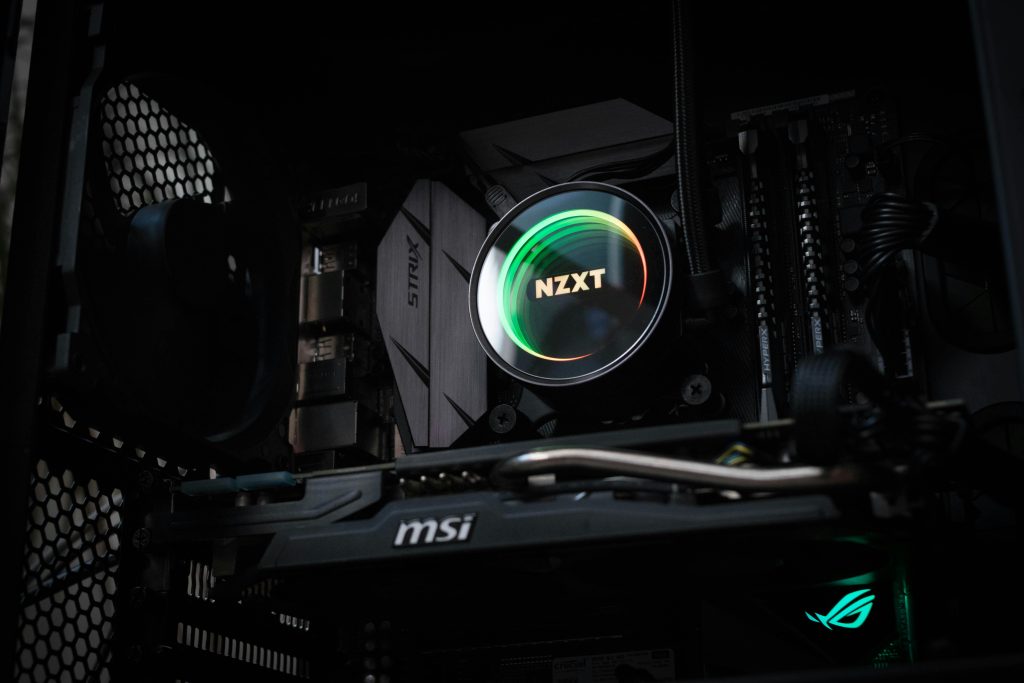Understanding Reallocated Sectors Count in CrystalDiskInfo: What It Means for Your Hard Drive’s Health
For many computer users, maintaining the health and longevity of their storage devices is a top priority. Whether you’re a casual user or someone who relies heavily on their data, understanding the indicators provided by diagnostic tools can help you make informed decisions about your hardware. One common concern is the “Reallocated Sectors Count” metric, especially when reviewing your drive’s health status in tools like CrystalDiskInfo. If you’re unfamiliar with these parameters, this article will guide you through what the Reallocated Sectors Count signifies and how to interpret it.
What Is Reallocated Sectors Count?
Reallocated Sectors Count is a SMART (Self-Monitoring, Analysis, and Reporting Technology) attribute that indicates the number of sectors on your hard drive that have been identified as damaged or unstable and have been remapped to spare, healthy sectors. When a sector on your disk starts to fail or develops errors, the drive’s firmware allocates a new, healthy sector to replace it. This process helps prevent data loss but is also a sign that your drive is experiencing wear or issues.
Why Does It Matter?
An increasing Reallocated Sectors Count can serve as an early warning sign of potential drive failure. While a small number of reallocated sectors is often normal for drives with some age, a rapidly increasing count or a high existing number may indicate that the drive is deteriorating and might soon be at risk of failure. Monitoring this metric allows users to plan for data backups and potential replacements before unforeseen failures occur.
Interpreting CrystalDiskInfo Readouts
CrystalDiskInfo is a popular and user-friendly tool that reports various SMART attributes of your storage device, including the Reallocated Sectors Count. When you open the program, you’ll see different parameters listed with associated values and health indicators such as “Good” or “Caution.”
Here’s a simplified guide:
- Value: The current status of the attribute, generally on a scale (e.g., 0-100).
- Worst: The worst value recorded over time.
- Threshold: The threshold below which the attribute indicates impending failure.
- Raw Data: The actual number of reallocated sectors.
Ideally, the raw data should be as low as possible. Some drives might show a small number (e.g., less than 10), which may be normal depending on age and usage. However, if this number is increasing steadily
Share this content:



